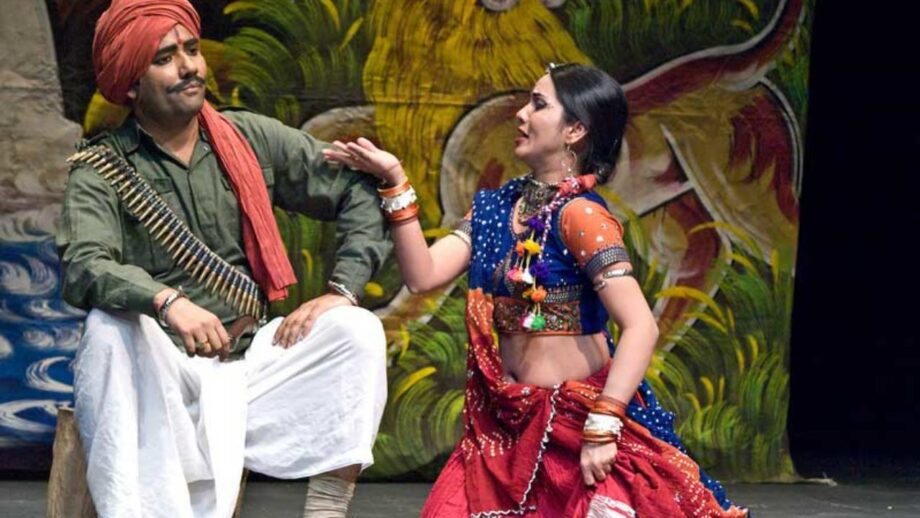Nautanki is one of the most popular folk forms of theatre performed in South Asia particularly in Northern parts of India. It was the biggest entertainment form in Northern rural India before the commencement of Cinema (Bollywood). It’s rich in musical compositions and its entertaining storylines hold a strong influence over rural people’s imagination.
The origins of Nautanki are found in the traditions of Bhagat and Raasleela of Mathura and Vrindavan. Even after the rapid expansion of mass media such as television and radio, a crowd of 10,000 to 15,000 people can easily gather at these performances.
Nautanki acts can take place in any space that is available and can accommodate the audience of thousands. The act starts are mainly opera based and usually revolving around a folk theme such as romantic tales, mythologies or biopics of local heroes. Such plays like Satya-Harishchandra and Bhakt Moradhwaj based on mythological themes are surreal. During the British raj, the rise of Deshbakthi was seen through the medium of Nautanki against the British and feudal landlords.
Traditionally the performances would start at night around 10 pm and go until dawn the next day. There’s no interval or breaks once the performance starts. Today’s Nautanki acts mostly revolve around awareness on social causes like health, HIV/AIDS, women empowerment, dowry, immigration, etc. It has become the most powerful medium in the world; Hence, it should be provided a means to keep the art alive.
For more folk theatre updates keep visiting IWMBuzz.com


